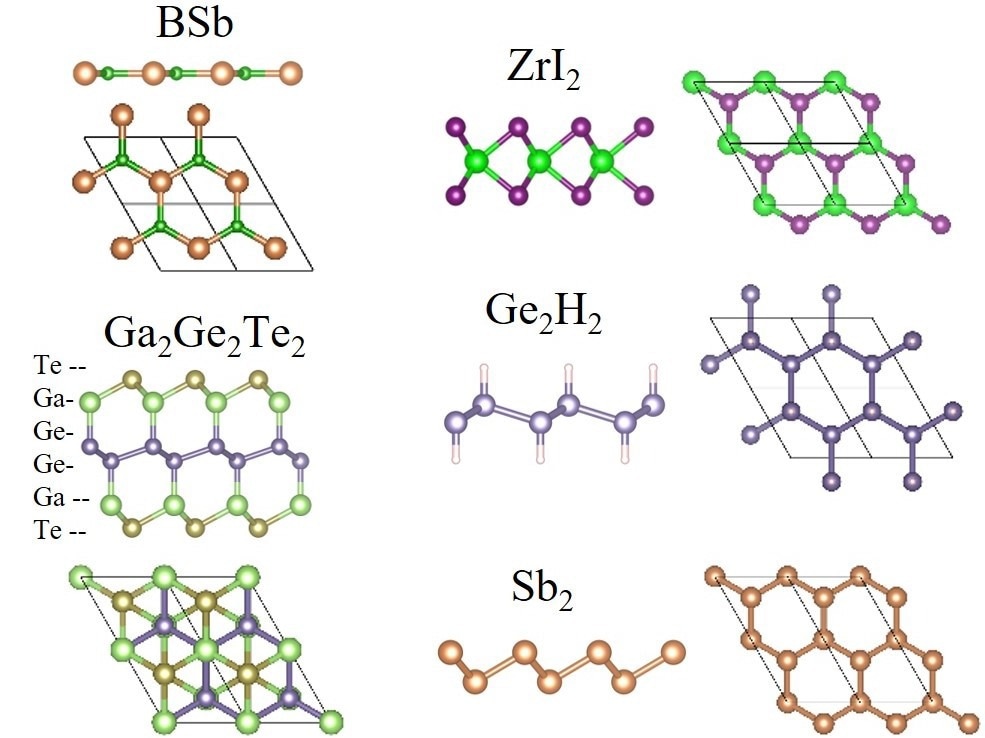Two-dimensional semiconductors have an opportunity to galvanize key progresses in electronic device capacities, substituting silicon-based chips. Despite this, the use of 2D semiconductors still faces many challenges.

Image Credit: The University of Texas at Austin
Carrier mobility, or how quickly electrons can travel through the semiconductors, is a major issue. These 2D semiconductors are extremely slow in this respect, restricting the scope for enhancement and practical use.
The University of Texas at Austin’s scientists have found over a dozen materials for 2D semiconductors that have the potential to enable electrons to swiftly travel around, opening an opportunity for a leap in the capabilities of electronics.
If you can replace silicon with 2D semiconductors that will lead to faster devices that consume significantly less energy.
Yuanyue Liu, Study Lead Author and Assistant Professor, Cockrell School of Engineering, Walker Department of Mechanical Engineering and Texas Materials Institute
The results were published in Physical Review Letters.
Geometry is the main difference between conventional silicon-based semiconductors and 2D semiconductors. 2D semiconductors are way thinner, with a thickness of only a couple of atomic layers. Since the push to make semiconductors smaller continues to grow, this is beneficial in several ways.
2D semiconductors’ compact nature also creates problems. There is not much freedom to travel as the electrons are packed tightly. In these smaller spaces, scattering sources can more seamlessly knock them off track. This is the reason why carrier mobility is usually low in 2D semiconductors, thereby avoiding enhanced efficiency and power.
An exception to this problem is the 14 high-carrier mobility materials found by scientists. Special characteristics among these materials make the electrons more transparent, rendering them mainly invisible to scatterings and enabling the electrons to stay on course.
To identify such materials, the researchers employed a materials database and a checklist of properties that they believed would result in increased mobility. Then, they used a quantum-mechanical approach to precisely quantify the carrier mobility in the materials.
The fact that we only found 14 materials with potentially high carrier mobility out of thousands does not contradict the conventional wisdom. It shows how difficult it is to find 2D semiconductors with high carrier mobility.
Yuanyue Liu, Study Lead Author and Assistant Professor, Cockrell School of Engineering, Walker Department of Mechanical Engineering and Texas Materials Institute
Liu states that the next step is to collaborate with experimental scientists and work on fabricating materials to assess and confirm their results. Despite being confident in the results, Liu warned that they are still theoretical and will require to be verified by real-time assessment.
Chenmu Zhang, Ruoyu Wang, and Himani Mishra, all from the Walker Department of Mechanical Engineering and the Texas Materials Institute are the other team members on the project.
This study is funded by Welch Foundation and NASA and utilized computational resources offered by TACC, ACCESS, and NREL.
Journal Reference:
Zhang, C., et al. (2023) Two-Dimensional Semiconductors with High Intrinsic Carrier Mobility at Room Temperature. Physical Review Letters. doi.org/10.1103/PhysRevLett.130.087001.